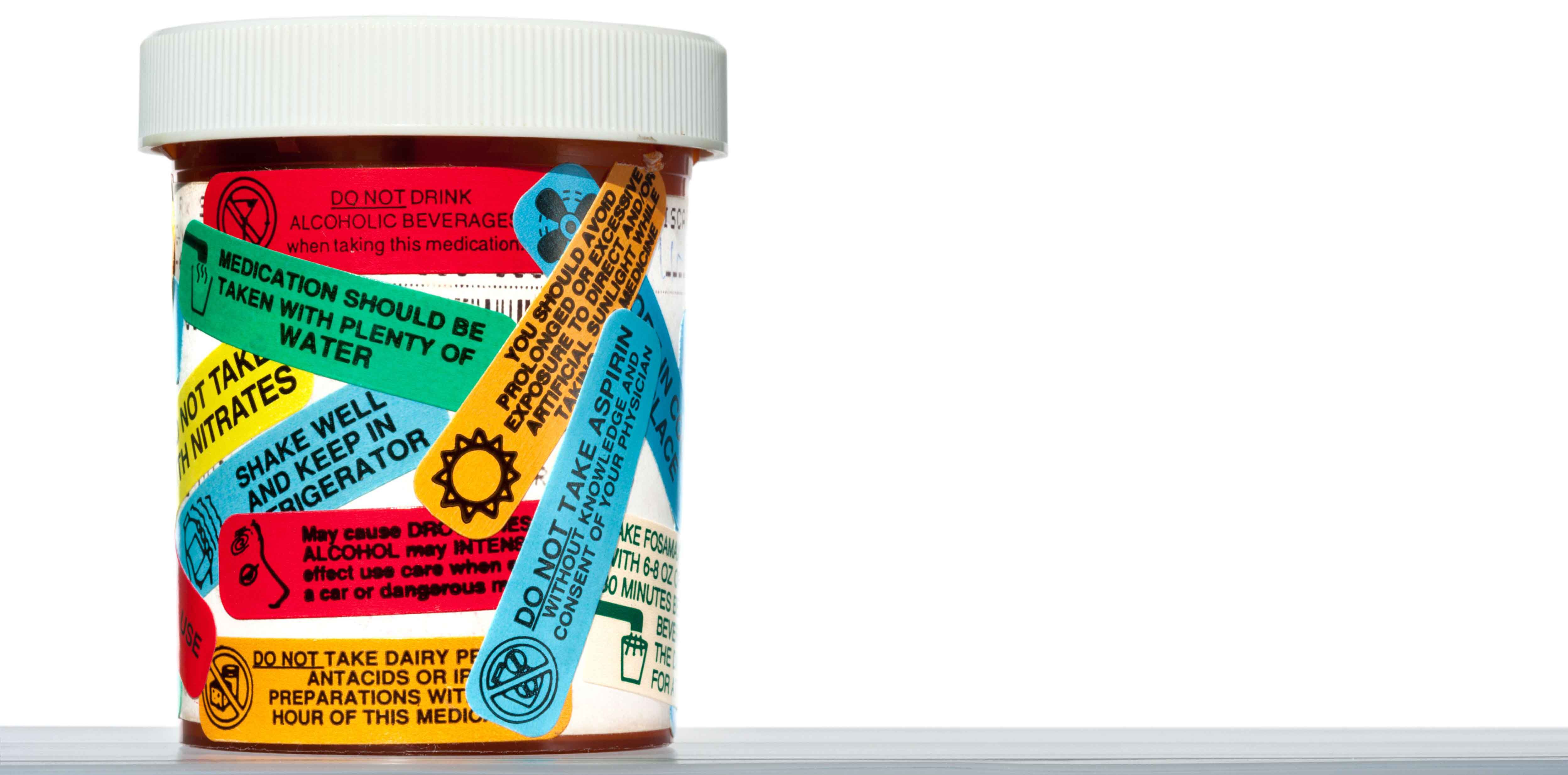The TGA issued official safety warnings for only 30% of all pharmaceuticals which were considered to have a drug-risk issue, research shows
Australia’s Therapeutic Goods Administration (TGA) issued official safety warnings for only 30% of all pharmaceuticals which were considered to have a drug-risk issue, research published this month in JAMA Internal Medicine shows.
Of the 619 risks related to drugs provided in Australia over a nine-year period, the TGA issued advisories for just 183 of them.
The researchers analysed 680 individual drug safety issues and compared those with the safety warnings reported by medicines authorities in Australia, the UK, Canada and the US.
Of these four nations, the TGA was considered to be the least consistent in its decisions to issue safety warnings on approved prescription medicines.
When a drug was subject to at least one safety warning, the TGA failed to report that on more than 70% of occasions. This was higher than all other regulators, including the US Food and Drug Administration (59%), Health Canada (50%) and the UK Medicines and Healthcare products Regulatory Agency (47%).
Associate Professor Barbara Mintzes said the level of concordance between regulatory bodies to warn clinicians of medicine risks was low, despite reliance on the same information from the European Medicine’s Agency.
“Overall, we found that regulators were only consistent in the decision to warn 10% of the time,” she said.
But a spokesperson for the TGA rejected the claims made in the study.
The TGA said its decisions to notify about risks was based on Australian-specific factors which accounted for the differences compared with its overseas counterparts.
“Responding to a safety issue is a dynamic, complex and context-dependent process and therefore simply comparing a single activity between countries oversimplifies the issue and significantly limits the study’s conclusions,” the spokesperson told The Medical Republic.
The TGA said its website published safety alerts, including information for health professionals and consumers, which was also shared on social media channels.
“…Each regulator may make different decisions in how they choose to communicate a safety issue based on a number of local factors, including the registration and funding status of the medicine, the real-world use of the product (including different patient populations) and the evidence base for the safety concern,” they said.
Professor Mintzes said a better understanding was needed regarding safety warnings to ensure they were being properly communicated to doctors.
“Just how much does the seriousness of the risk or strength of the evidence come into play, and more importantly what are the public health implications of such decisions – especially for patients?” she asked.


